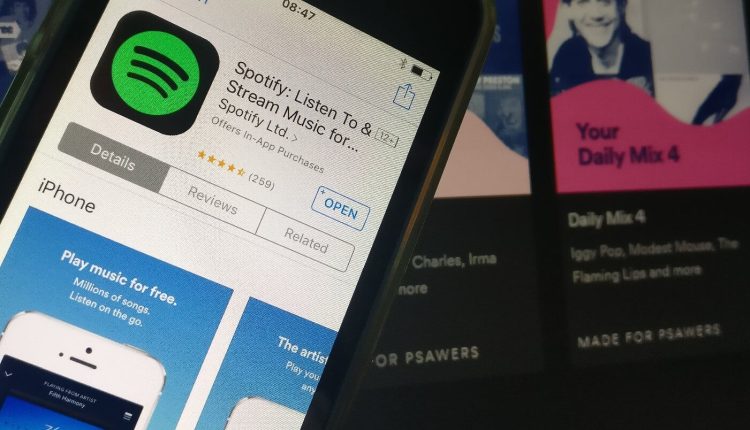Less than two weeks after Spotify passed the 50 million paid subscriber mark, reports are now surfacing that the music-streaming giant is considering putting more limits in place for the free service.
So far, the $9.99 monthly Spotify subscription has offered a number of additional features compared to the free incarnation, including no ads, offline access, and on-demand access to any Spotify song on mobile and desktop — free users on mobile phones can only access shuffle mode. But now Spotify is reportedly renegotiating its deals with the record labels as it readies its IPO, which is looking increasingly likely to be next year.
Part of these discussions, according to the Financial Times, has involved cutting the fees Spotify pays artists / labels for songs, and in exchange Spotify will acquiesce to long-standing pressure from the record industry to make at least some album releases exclusive to Spotify Premium.
The state of play
Spotify was catapulted into the headlines back in 2014 when Taylor Swift removed her music from the service after the company refused to make her music available only to paid users.
June 5th: The AI Audit in NYC
Join us next week in NYC to engage with top executive leaders, delving into strategies for auditing AI models to ensure fairness, optimal performance, and ethical compliance across diverse organizations. Secure your attendance for this exclusive invite-only event.
Indeed, Spotify stands in something of a unique position in the music streaming realm. It is the market leader in terms of users, with well over 100 million listeners overall (Spotify only reveals its paid subscription base now), but of the competition, which includes Apple Music, Amazon Music Unlimited, Tidal, Google Play Music, and — as of last week — Pandora, Spotify is the only service that offers on-demand access to tens of millions of tracks completely for free — albeit only through the desktop service.
The company has always maintained that the best way to convert users into paying subscribers is to let them sign up for free (not just a free trial), after which Spotify can work to shoehorn them onto the paid tier. A few months back, Spotify snapped up Preact, a startup that uses analytics and machine learning to help companies acquire and retain subscribers. It seems Preact has now closed, meaning that the good folks behind Preact now work exclusively on helping Spotify predict its users’ behavior around subscription sign-ups and upgrades.
Elsewhere, Spotify acquired the Echo Nest back in 2014 to improve its music recommendations, resulting in such features as its excellent Discover Weekly playlist, which goes some way toward separating it from the competition.
While Spotify has laid the foundations of a solid money-making business ahead of its long-awaited appearance on the public markets, the company is working furiously to improve its bottom line and please potential investors. As of its last financials in 2015, Spotify made around $2.1 billion in revenue, representing a year-on-year increase of 80 percent, while its losses only jumped around 7 percent to $190 million.
But losses are losses, and one of Spotify’s biggest expenditures is royalty and distribution fees, which is why it’s now looking to cut its costs. And to cut those specific costs, it may just have to make some concessions to the music industry around how it packages its paid and free offerings.
VentureBeat reached out to Spotify to confirm any planned changed to its paid / free services, but have yet to hear back. We’ll update here if or when we do.

